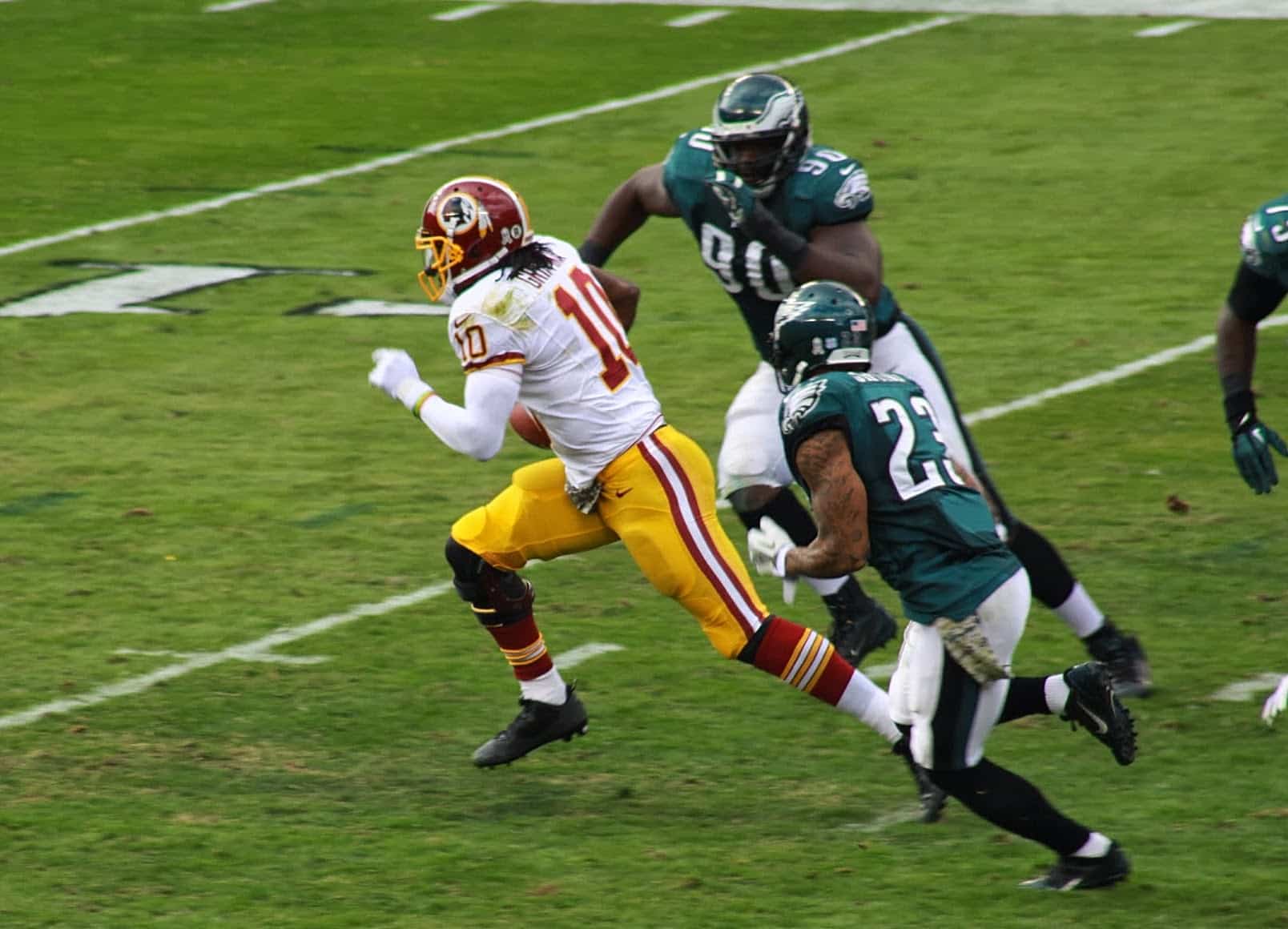
A couple of times per season, there is a team that unfairly loses because of the current state of injury timeout rules. Specifically, the rules that take effect inside of the final two minutes of each half must be changed to make the game fairer.
Granted, there are many rules that should be looked at in addition to injury timeout rules, but this rule just requires a simple fix whereas something like the catch rule is much more complex.
Injury Timeout Rules Need To Change
There cannot be a discussion about fixing the rule until the current rule is explained. A timeout is charged when there is an injury inside of the last two minutes of either half. If all three timeouts have already been used, there is a special fourth timeout that is charged for an injury with no additional penalty. That being said, there is a 10-second runoff when using the fourth timeout or more if the score is tied or the team in possession of the ball is losing.
Every injury after that, however, carries a five-yard penalty in addition to the timeout and the runoff. The exception to this rule is that there is no charged timeout in the event that the injury was caused by a foul (like an unnecessary roughness penalty), or if the play causes a change of possession, or if there was an attempted field goal. The reason for these rules is to keep players from feigning injuries in order to get free clock stoppages.
The big issue stems from the fact that the injuries always cost a timeout and sometimes cost a ten-second runoff during the most critical parts of the game. These prices for legitimate injuries are too high and decide games. A lost timeout because of injury could be the timeout that allows the team to kick a game-winning field goal, for example. To a lesser extent, it incentivizes the team on defense to try to hurt players to stop the clock if they’re trying to defend the final drive of the game.
Fixing It
The fix for the injury timeout rules should deter fakers but allow for real injuries to be dealt with without ruining the team’s chances of winning. But how?
For the first injury inside of the final two minutes of either half, the injured player cannot return until the next set of downs or else that team incurs a five-yard penalty. For every subsequent injury, the player cannot return to the game until the next set of downs and there is also a loss of down. However, this loss of down cannot cause a turnover on downs. For example, if there is an injury during a second down play, then third down is lost and it becomes fourth down. If the injury occurs during a third-down play, then there is no loss of down.
Overshadowing these rules should be the threat of an investigation that, if the player is found guilty of feigning, regardless of the coaches role in it, both the coach and the player should serve a mandatory one-game suspension.
This rule would ensure that the entire team would suffer, turning the team on that player. The social pressure that this rule creates should be enough to stamp out the feigning of injury. Without the threat of suspension, coaches could send out a fifth-string player to fake an injury. However, even doing this is risky from a strategic standpoint, because replacing a starter during the most critical point in the game could be the difference between winning and losing.
New Rules In Effect
These rule changes stamp out faking injuries, while still giving teams with real injuries a chance to win the game. Imagine that a team is losing by five points. The losing team has the ball. They’re at midfield with 14 seconds left in the game and one timeout. There is an injury during the first down play which resulted in a complete pass, but not a first down. Now there is only twelve seconds left. Normally, a timeout would be charged and there would be a ten second runoff, which would make it nearly impossible to win.
However, with the new rules, there is no runoff and only a loss of down. It is now third down. The clock runs as soon as the injured player is taken off of the field and the referees get set. The team is ready and snaps the ball as soon as the referee whistles. They go deep and complete a pass with the receiver going down at the twelve-yard line. The coach calls a timeout immediately.
The player that was injured comes back into the game, after convincing the medical staff and the coach that he is healthy enough to play, and due to the fact that it is a new set of downs. There are only two seconds left. Barring a defensive penalty, this will be the final play of the game. The previously injured player finds himself wide open, the quarterback throws him the ball and it is caught for the game-winning touchdown.
None of that would have been possible with the current rules. There are infinitely more situations where having that timeout would be a game-changer. With these new rules, the last two minutes of each half would be that much fairer, and let’s be honest, much more entertaining to watch.
